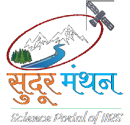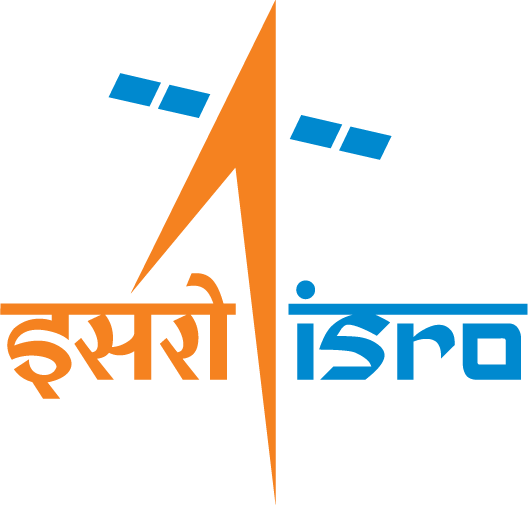A study is carried out to identify the active forest fire in Uttarakahd state during April-May, 2024 using satellite images. A satellite image captures the response of the electromagnetic spectrum by various land features. The spectral signature of forest fire spectral indicates that it has the highest reflectance in the Short Wave Infrared wavelength and at the same time there is low reflectance in SWIR for the healthy vegetation. This response in SWIR helps us to segregate the fire affected areas from the healthy vegetation.
Shortwave infrared (SWIR) refers to a specific portion of the infrared spectrum that lies between the visible spectrum and mid-wave infrared (MWIR). The SWIR region typically encompasses wavelengths from about 1,000 nanometers (nm) to 3,000 nm (1 micrometer to 3 micrometers). Photons in the SWIR range have less energy than visible light photons but more than those in the MWIR or long-wave infrared (LWIR). This intermediate energy level makes SWIR photons useful for various imaging and sensing applications. SWIR light interacts differently with materials compared to visible light. It can penetrate certain materials that are opaque in the visible spectrum, such as fog, smoke, and some biological tissues. SWIR cameras often use indium gallium arsenide (InGaAs) sensors due to their sensitivity to SWIR wavelengths. These sensors are designed to detect photons in the SWIR range and convert them into electronic signals for image formation. SWIR imaging captures reflected light from objects, similar to visible light imaging. However, the differences in reflection and absorption at SWIR wavelengths can reveal features not visible to the naked eye. SWIR cameras can produce images in low-light conditions, through obscurants, and even in thermal contrast environments. SWIR is used in satellite and aerial imaging to monitor vegetation health, water bodies, and soil properties. It helps in detecting changes in land use, forest cover, and identifying minerals and soil types. SWIR has advantage of Enhanced Penetration i.e. ability to see through materials like smoke, fog, and certain fabrics, Material Identification i.e. unique absorption characteristics enable material discrimination and chemical analysis and Low-Light Performance i.e. effective imaging in low-light or night-time conditions without the need for illumination.
Some of the popular sensors for capturing the SWIR reflectance by different space agencies are listed below:
| Satellite | Space Agency | Sensor | Spatial Resolution | Wavelength Range |
| Resourcesat | ISRO | LISS III | 23.5 | 1.55 – 1.70 µm |
| Landsat 5 | NASA | Thematic Mapper (TM) | 30 | SWIR 1 (1.55 – 1.75 µm) SWIR 2 (2.08 – 2.35 µm) |
| Landsat 7 | NASA | Enhanced Thematic Mapper Plus (ETM+) | 30 | SWIR 1 (1.55 – 1.75 µm) SWIR 2 (2.09 – 2.35 µm) |
| Landsat 8 | ESA | Operational Land Imager (OLI) | 30 | SWIR 1 (1.57 – 1.65 µm) SWIR 2 (2.11 – 2.29 µm) |
| Sentinel-2 | ESA | MultiSpectral Instrument (MSI) | 10 | SWIR 1 (1.57 – 1.65 µm) SWIR 2 (2.10 – 2.28 nm) |
Investigating active fires and other features using the SWIR window reveals exciting observations. Active fires show a sharp increase in reflectance in the SWIR range.

After analyzing various spectral bands and their combinations, it is observed that the SWIR band centered at 2190 nm exhibits the highest reflectance, enabling clear discrimination of forest fires from other features. A combination of the SWIR-2, NIR, and Blue bands provides simultaneous visualization of both smoke and fire. The high response of the SWIR band to fire is attributed to its sensitivity to thermal emissions, its ability to penetrate smoke and haze, its high contrast between fire and non-fire areas, and its complementary role in multi-spectral analysis.




